10 Best Museums In The World....>>>>
1. Smithsonian Institution, Washington, D.C, United States - The Smithsonian is the world’s largest research and museum complex: it has 19 museums and galleries, the National Zoological Park, and several research stations. In all, over than 137 million objects detailing America’s story are housed there
2. Le Louvre, Paris, France – The Louvre, originally a medieval fortress, became a museum two centuries ago. The museum exterior is world famous due to the pyramid in the main entrance that was added in 1989. The museum’s collections are among the most important in the world but the most famous attraction is without a doubt Leonardo da Vinci’s “Mona Lisa”
4. State Hermitage, St. Petersburg, Russia - A museum of art and culture. It is one of the largest and oldest museums in the world. it was founded in 1764 by Catherine the Great and has been open to the public since 1852. It holds over three million items, including the largest collection of paintings in the world. The collections occupy a large complex of six historic buildings along Palace Embankment, including the Winter Palace, a former residence of Russian emperors
5. The British Museum, London, England - The largest museum in Britain. It looks after the national collection of archaeology and ethnography. It holds more than 8 million objects from different eras
6. The Prado, Madrid, Spain – The main Spanish national art museum. It features one of the world’s finest collections of European art, from the 12th century to the early 19th century, based on the former Spanish Royal Collection, and unquestionably the best single collection of Spanish art
7. The Metropolitan Museum of Art, New York City, New York, United States – Also known as The Met, the Metropolitan Museum of Art is the largest museum in the Western Hemisphere. Its collection of more than two million items from all over the world and from all eras is incredible. Just for example: Its European paintings include works by Botticelli, Rembrandt, Vermeer, Degas, Rodin, and others. The Egyptian Collection showcases the tomb of Perneb and the Temple of Dendur
8. The Vatican Museums, Vatican City, Italy - The Vatican Museums are the museums of the Vatican City and are located within the city’s boundaries. They display works from the immense collection built up by the Roman Catholic Church throughout the centuries including some of the most renowned classical sculptures and most important masterpieces of Renaissance art in the world. It was founded in the early 16th century. The Sistine Chapel with its ceiling decorated by Michelangelo and the Stanze della Segnatura decorated by Raphael are on the visitor route through the Vatican Museums. The Vatican Museums broke attendance records in 2011 with just over 5 million people
9. The Uffizi Gallery, Florence, Italy - The Uffizi is one of the oldest and most famous art museums of the Western world. It holds the world’s finest collection of Renaissance paintings. All the famous and important Italian artists are there, from all eras
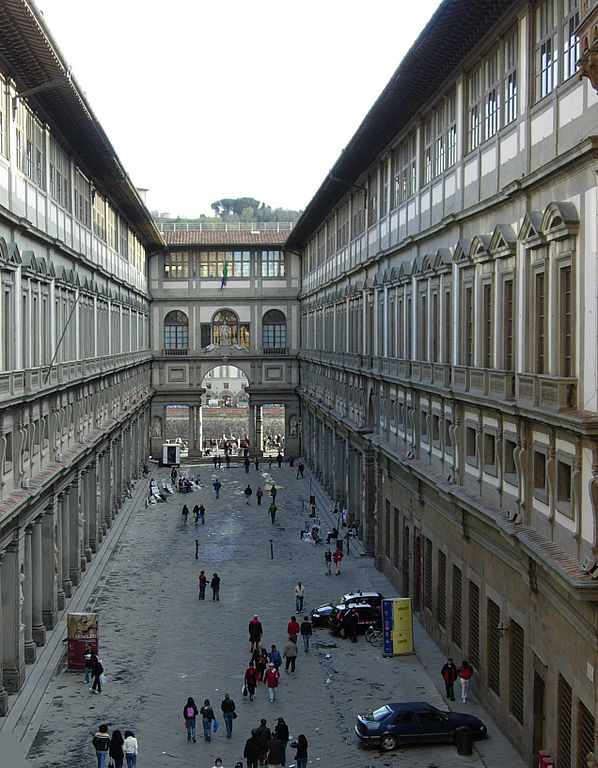
The Uffizi Gallery, Florence (source: © Samuli Lintula / Creative Commons Attribution-ShareAlike 3.0)
10. Rijksmuseum, Amsterdam, the Netherlands - A Dutch national museum dedicated to arts and history. The museum has on display 8,000 objects of art and history, from their total collection of 1 million objects from the years 1200–2000, among which are some masterpieces by Rembrandt, Frans Hals, and Johannes Vermeer
SOURCE: http://10mosttoday.com/10-best-museums-in-the-world/
MUST-SEE MUSEUMS OF THE WORLD....
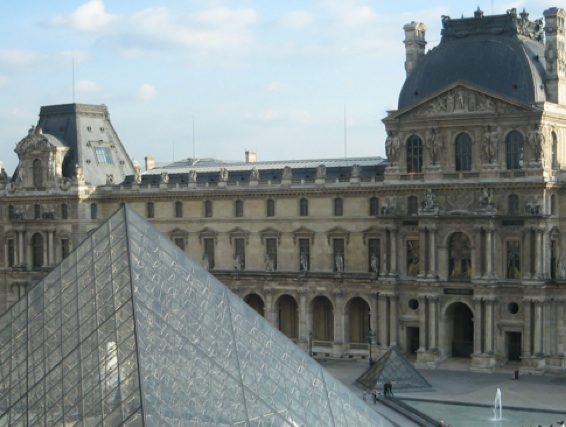
1 | THE LOUVRE(Paris)There are always long lines at the door but it's worth the wait to see the world's greatest and most famous museum. Leonardo DaVinci's Mona Lisa is the star, but there are literally thousands of other treasures of human civilization, from Egypt, Asia, ancient Greece and Rome. 2 | THE HERMITAGE(ST. PETERSBURG) |
3 | THE BRITISH MUSEUM
(London)This museum has millions of works of art from all over the world. Its galleries are devoted to Egypt, Greece, Roman civilization, Asia, Africa, and medieval Europe, tracing human history and culture. The highlight is the Elgin Marbles that once decorated the Parthenon in Athens.
4 | THE EGYPTIAN MUSEUM
(Cairo)As you'd expect, here you'll find the most complete collection of Egyptian art in the world. Among the thousands of treasures (which includes the popular Mummy Room) are the famous artifacts from Tutankhamun's tomb.
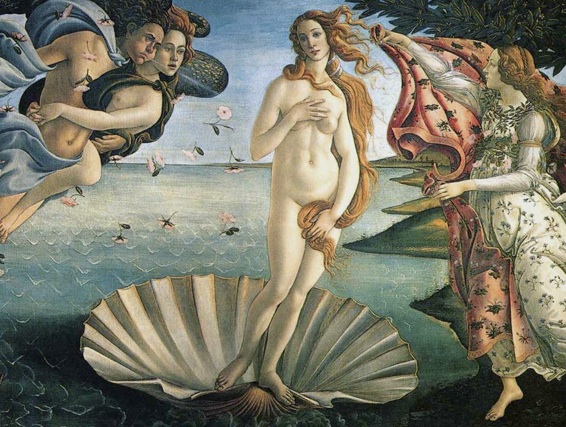
5 | UFFIZI
(Florence)This 16th century palace holds hundreds of masterpieces, including marvelous Renaissance sculptures and Botticelli's famous Birth of Venus, among other much-recognized masterworks of the Renaissance.
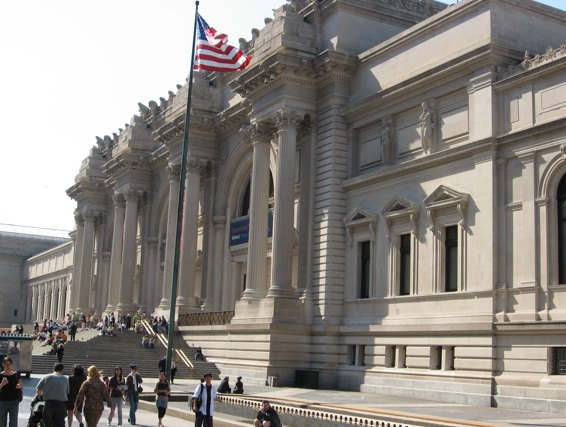
6 | THE MET - METROPOLITAN MUSEUM OF ART
(New York)A truly outstanding museum with everything from Islamic, Egyptian, Greek, and Indian art to European paintings. It holds more than 2 million works from around the world, from pre-history to the 21st century.
7 | MOMA
(New York)This is the most important modern art museum in the world. It covers the late 19th century to the present day, with highlights including Picasso's Demoiselles d'Avignon or Van Gogh'sStarry night.
8 | THE VATICAN MUSEUMS
(Rome)It's a series of exhibition spaces filled with priceless treasures that blow visitors away by their grandeur and beauty. The highlight is Michelangelo's Sistine Chapel.
9 | THE PRADO
(MADRID)This treasure trove includes sculptures and drawing but the strongest collection is, naturally, of Spanish masterpieces by Goya, El Greco and Velazquez (whose Las Meninas is the best-known work of the museum).
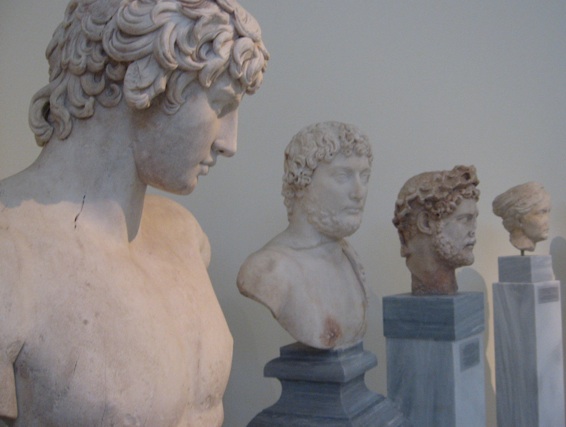
10 | NATIONAL ARCHAEOLOGY MUSEUM(ATHENS)This is the place to admire the masterpieces of ancient Greece. Its unrivaled collection includes a bronze Artemision Podeidon from the 5th century B.C. SOURCE: http://www.ucityguides.com/cities/top-10-museums-of-the-world.html |
Top 10 Museums and Galleries...>>>

The Louvre Museum as seen through the Louvre Pyramid glass in Paris, France
Photograph by Horst Friedrichs, Anzenberger/Redux
From the National Geographic book The 10 Best of Everything
Smithsonian Institution, Washington, D.C.
The Smithsonian is the world’s largest research and museum complex, with 19 museums and galleries, the National Zoological Park, and various research stations. More than 137 million objects detailing America’s story are housed here, so you’d better prepare for a long week of walking. There’s so much to see that, if you spent one minute day and night looking at each object on exhibit, in ten years you’d see only ten percent of the whole. Therefore, it’s wise to head out with a plan. Focus on only one or two exhibits at two or three different museums.Main attractions: Dorothy’s ruby red slippers, the dresses of the First Ladies, and the original Star-Spangled Banner at the National Museum of American History; the Gem Hall (including the Hope Diamond) at the National Museum of Natural History; and the Wright brothers’ 1903 Flyer, the Spirit of St. Louis, and the Apollo 11 command module at the National Air and Space Museum.Le Louvre, Paris, France
The Louvre was a medieval fortress and the palace of the kings of France before becoming a museum two centuries ago. The addition of I. M. Pei’s pyramid shocked many when it was unveiled in 1989 as the new main entrance, yet it somehow works, integrating the palace’s disparate elements. The museum’s collections, which range from antiquity to the first half of the 19th century, are among the most important in the world. A good place to start is the Sully Wing, at the foundations of Philippe-Auguste’s medieval keep—it’s in the heart of the Louvre, kids love it, and it leads straight to the Egyptian rooms.Main attractions: “Venus de Milo,” “Winged Victory of Samothrace,” and Leonardo da Vinci’s “Mona Lisa.”The Acropolis Museum, Athens, Greece
The stunning ground floor gallery houses finds from the slopes of the Acropolis. Its amazing transparent glass floor provides a walk over history, with a view of the archaeological excavation, while sloping upward to the Acropolis with sanctuaries of the Athenians from each historic period nearby. Smaller settlements have been excavated, yielding glimpses of Athenian life. For the first time, the exhibits in the Archaic Gallery allow visitors to take in all sides of the objects, which are displayed in open spaces characterized by changing natural light.Main attractions: The frieze of the Parthenon is mounted on a structure with exactly the same dimensions as the cella of the Parthenon, giving comprehensive viewing of every detail.State Hermitage, St. Petersburg, Russia
Russia may be isolated from the artistic centers of Paris, Rome, and London, butthe Hermitage has managed to acquire a spectacular collection of world art—more than three million items—spanning the years from the Stone Age to the early 20th century. The museum occupies six buildings along the Neva River, the leading structure being the confection-like Winter Palace. This gloriously baroque, blue-and-white structure was finished in 1764 and over the next several centuries was the main residence of the czars. Catherine the Great founded the museum that same year when she purchased 255 paintings from Berlin. The museum’s focal point is Western European art—120 rooms in four buildings ranging from the Middle Ages to the present day. Rembrandt, Rubens, Tiepolo, Titian, da Vinci, Picasso, Gauguin, Cézanne, van Gogh, and Goya are all represented here. For in-depth tours, contact Glories of the Hermitage.Main attractions: The Treasure Gallery’s Gold Rooms showcase golden masterpieces from Eurasia, the Black Sea Littoral in antiquity, and the Orient. The museum also houses pieces from Nicholas II’s private collection, including paintings, drawings, and medals created to commemorate his coronation.The British Museum, London, England
Britain’s largest museum looks after the national collection of archaeology and ethnography—more than eight million objects ranging from prehistoric bones to chunks of Athens’ Parthenon, from whole Assyrian palace rooms to exquisite gold jewels.Main attractions: The Egyptian gallery boasts the world’s second finest collection of Egyptian antiquities outside Egypt, including the Rosetta Stone, carved in 196 B.C.The Prado, Madrid, Spain
The Spanish royal family is responsible for the Prado’s bounty of classical masterpieces. Over centuries, kings and queens collected and commissioned art with passion and good taste. In addition to stars of Spanish painting such as Velázquez, Goya, Ribera, and Zurbarán, the Prado has big collections of Italian (including Titian and Raphael) and Flemish artists. Fernando VII opened the collection to the public in 1819, in the same neoclassic building it’s housed in today, designed by Juan de Villanueva.Main attraction: “The Three Graces” by Rubens.The Metropolitan Museum of Art, New York City, New York
The Metropolitan Museum of Art is the largest museum in the Western Hemisphere. Its collection of more than two million items is not only broad—covering the entire world, from antiquity to the present—but deep, with holdings so large in a number of areas that some might be considered museums unto themselves. Its European paintings are stunning: works by Botticelli, Rembrandt, Vermeer, Degas, Rodin, and other luminaries. The Egyptian Collection showcases the tomb of Perneb (circa 2440 B.C.) and the exquisite Temple of Dendur (circa 23-10 B.C.). The American Wing contains American arts and crafts, including a room from a Frank Lloyd Wright Prairie House. And the list goes on and on.Main attractions: “Adam and Eve,” the well-known engraving by Albrecht Dürer, is only one of the many impressive pieces you will discover at the Met.The Vatican Museums, Vatican City, Italy
Twenty-two separate collections comprise the Musei Vaticani, each one more spectacular than the next. The most famous are probably the Museo Pio-Clementino, with its splendid classical sculpture; the Raphael Rooms, entire rooms painted by Raphael; the Pinacoteca (picture gallery), which contains the cream of the Vatican’s collection of medieval and Renaissance paintings; and, of course, Michelangelo’s Sistine Chapel. But there is also the ancient Egyptian exhibits of the Museo Gregoriano Egizio, as well as the Etruscan offerings of the Museo Gregoriano Etrusco. And that’s just a start.Main attractions: The renowned Sistine Chapel and the Raphael Rooms are not to be missed.The Uffizi Gallery, Florence, Italy
“Great” is an overworked adjective in Italy, where so many of the country’s monuments and works of art command the highest praise. In the case of the Galleria degli Uffizi, it barely does justice to a gallery that holds the world’s finest collection of Renaissance paintings. All the famous names of Italian art are here—not only the Renaissance masters, but also painters from the early medieval, baroque, and Mannerist heydays.Main attraction: “The Birth of Venus” by Botticelli is one.Rijksmuseum, Amsterdam, the Netherlands
About 900,000 objects fill the Rijksmuseum, the largest collection of art and history in the Netherlands. It is most famous for its paintings by 17th-century Dutch masters, including Ruysdael, Frans Hals, Johannes Vermeer, and Rembrandt van Rijn. Established in 1800 to exhibit the collections of the Dutch stadtholders, the Rijksmuseum also displays art from the Middle Ages. The main building is closed for renovation until 2013; collection highlights are displayed in the Philips Wing and at Rijksmuseum Schiphol.Main attraction: “The Night Watch” by Rembrandt.- SOURCE: http://travel.nationalgeographic.com/travel/top-10/museum-galleries/#page=1
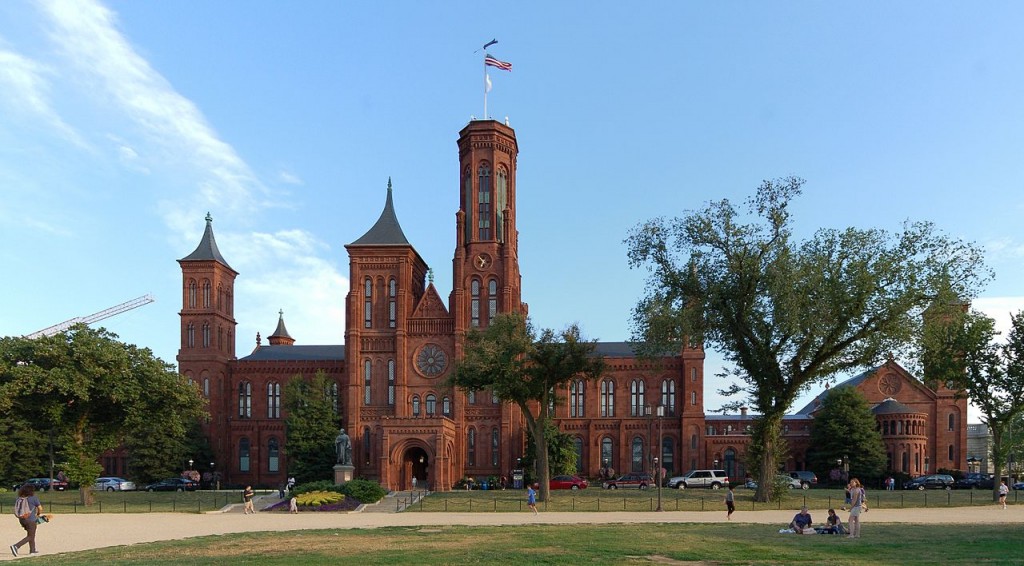
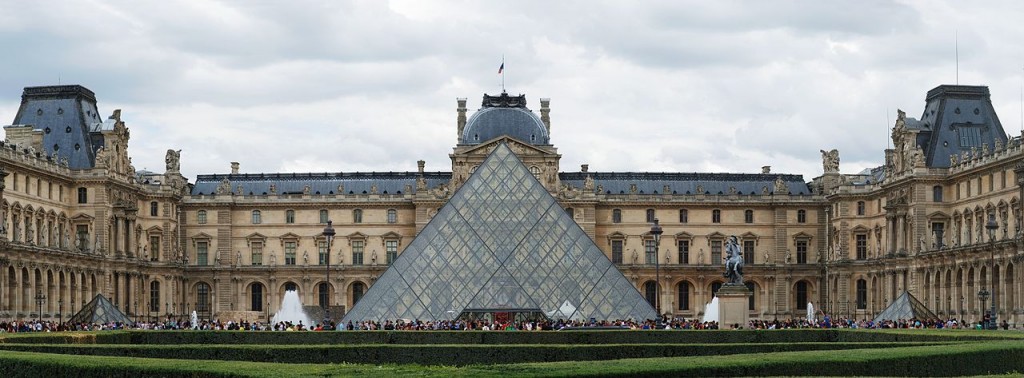
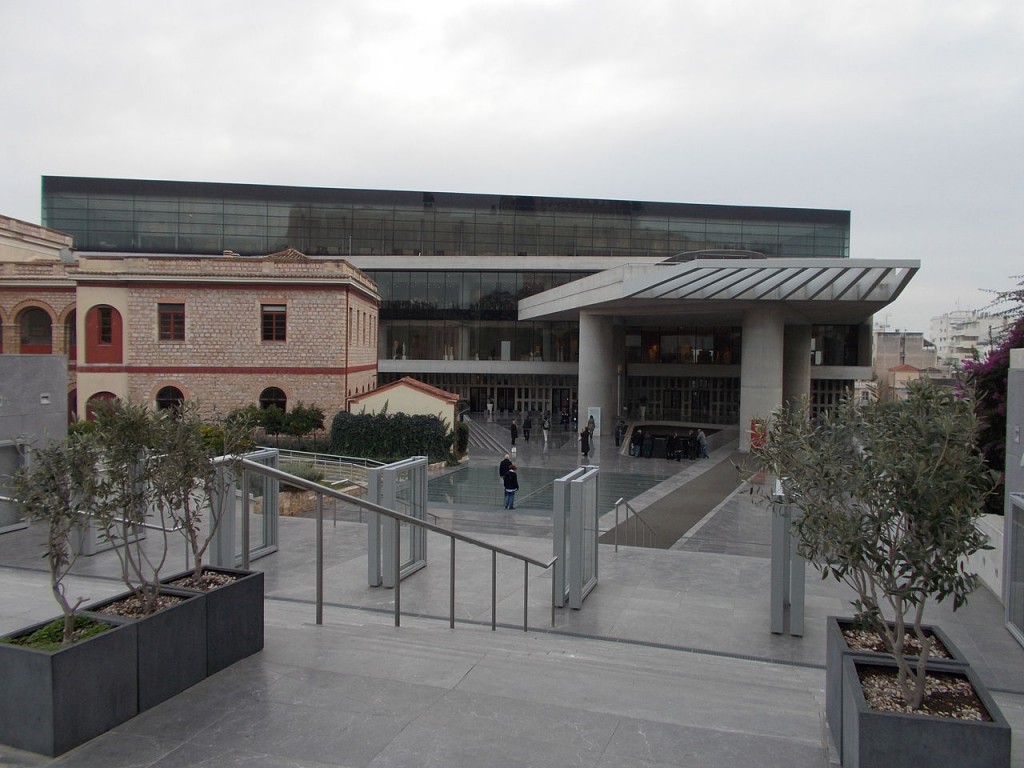
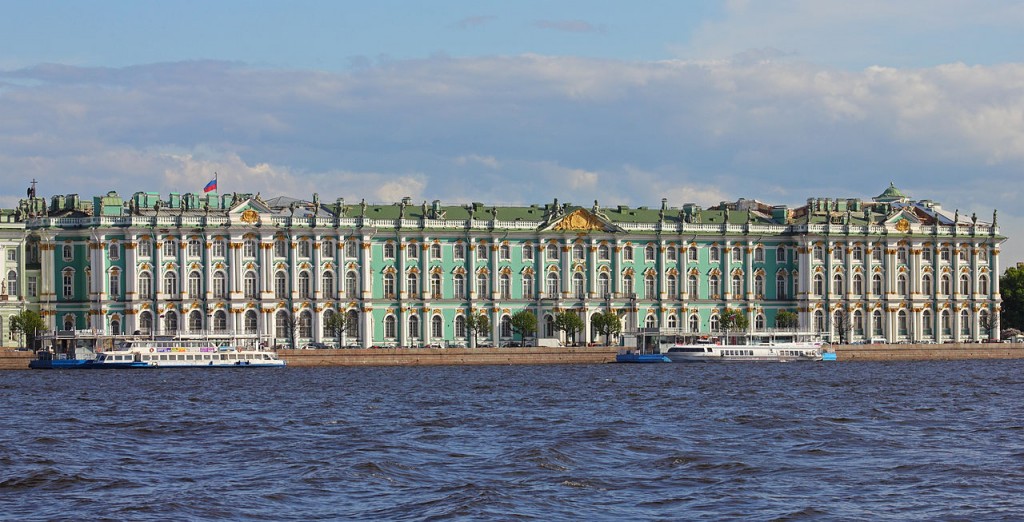
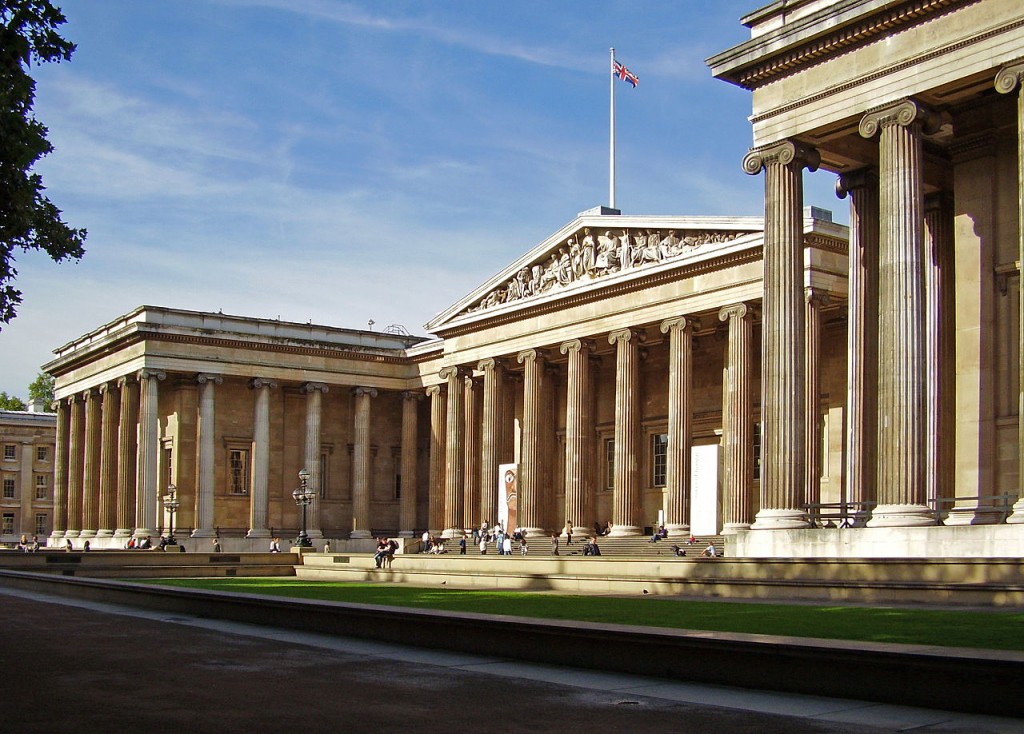
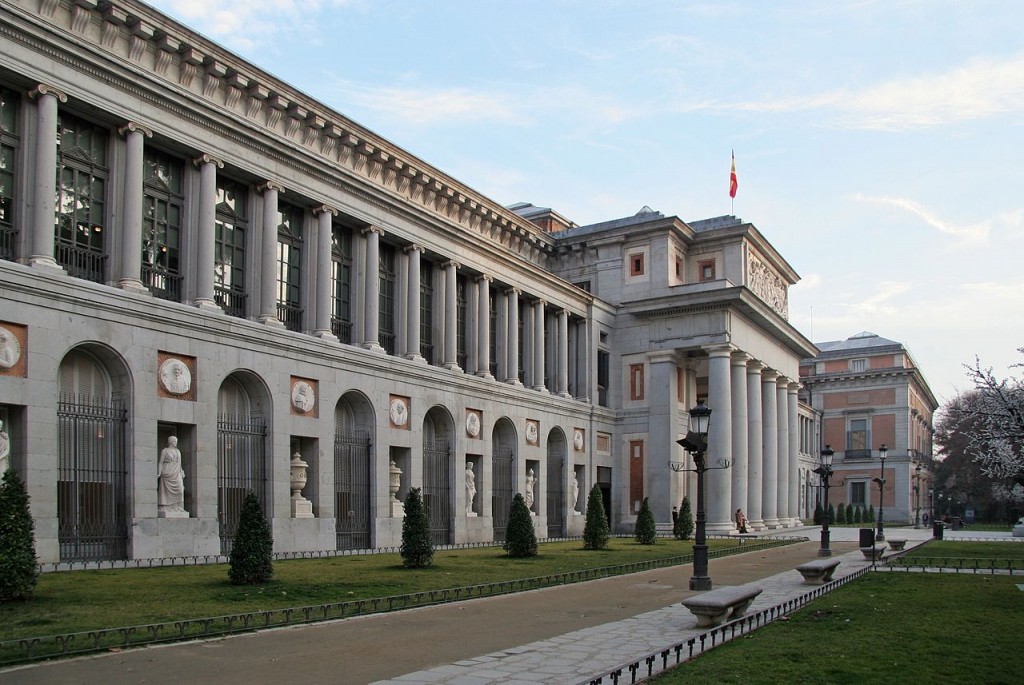
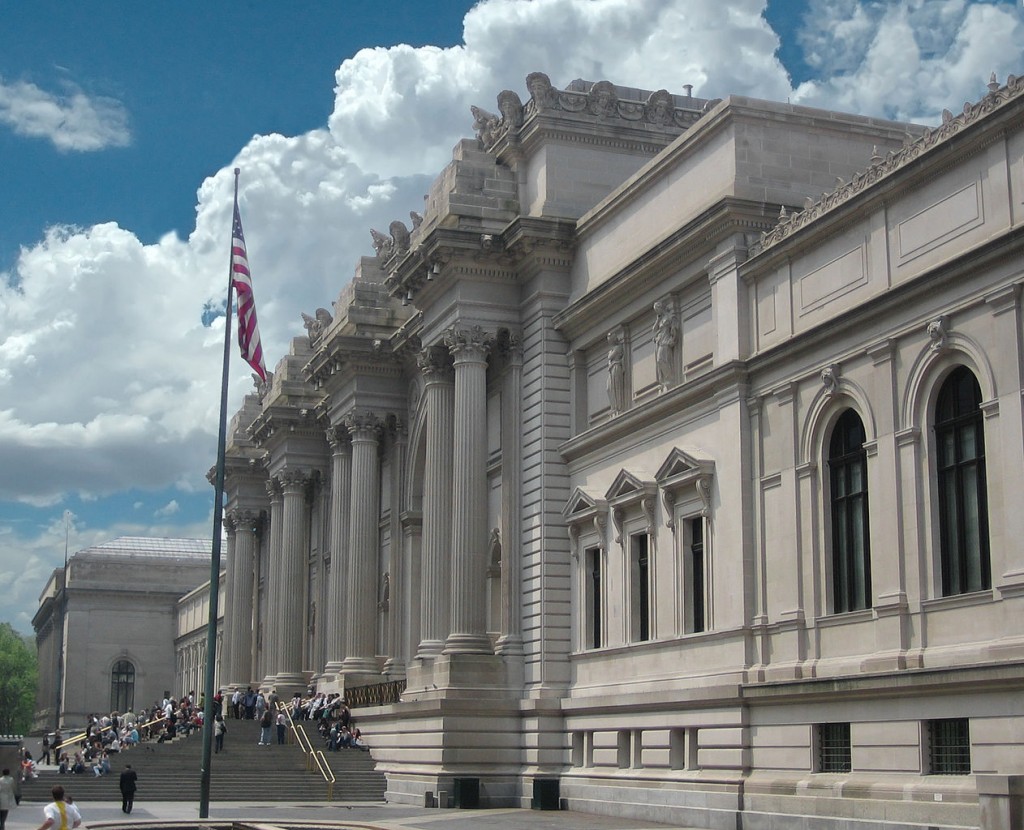
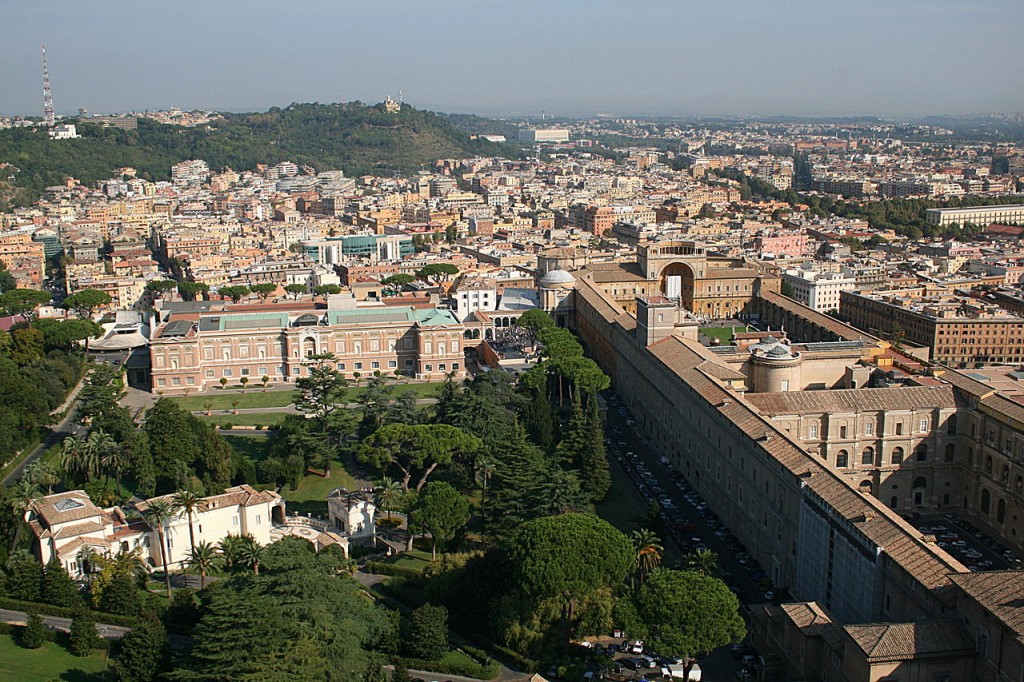
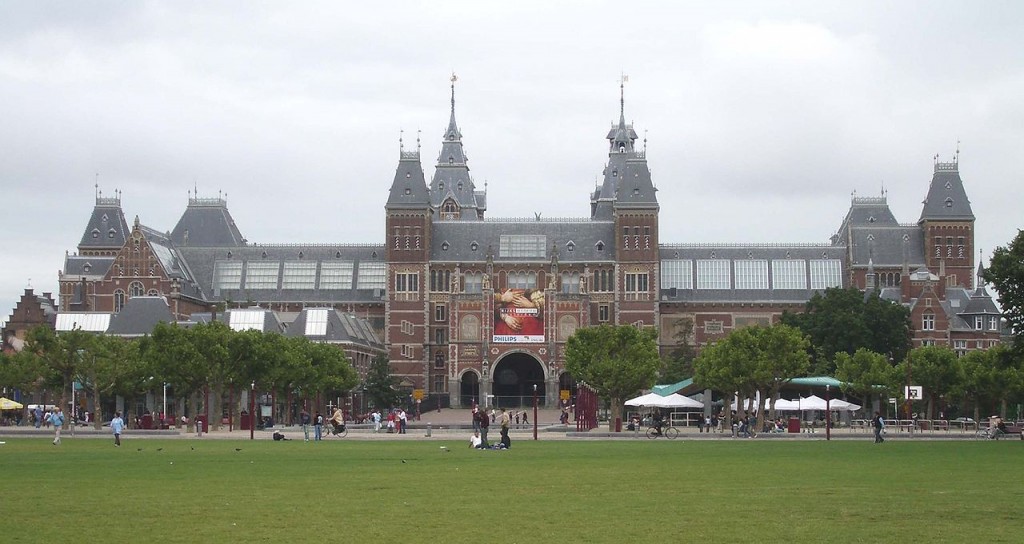
No comments:
Post a Comment